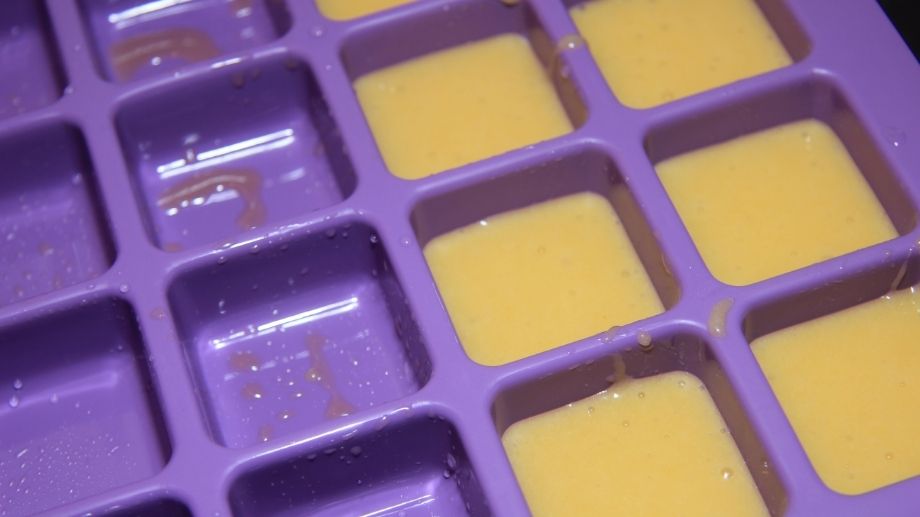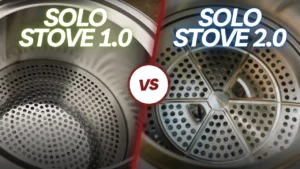Silicone baking pans are in vogue thanks to their bright colors, attractive shapes and the fact that they are plastic free. They're easy to clean, flexible, heat resistant, and made from non-stick silicone material.
But despite their “non-stick” claim do you still need to grease silicone baking pans? Or can you get away without greasing them altogether?
It's a good idea to grease larger silicone baking trays but you don't need to grease smaller silicone baking trays because of their non-stick properties. A cooking spray or light greasing will help less food to stick to the silicone bakeware and makes clean up easier.
The rest of this article will explain a few topics related to this question in great detail, including when you should grease silicone baking pans and when you shouldn't. I’ll also explain the right way to grease your silicone pans.
When and When Not To Grease Silicone Baking Pans
Greasing baking pans has been a standard practice in the kitchen for years, but these days, it’s not always a requirement.
Greasing a pan requires extra work, and in some cases, the added grease might add some calories to your dish ore make it unhealthier than you want it to be. Thankfully, with silicone materials, you can often avoid this step.
Let's see when to use grease and when you can do without it.
Grease Larger Molds, Skip Smaller Ones
As mentioned earlier, it's not always necessary to grease your silicone baking pans. Food doesn't stick to silicone cookware easily. So, if you're using smaller molds, you can choose not to grease them.
However, if you're using a large silicone mold, you should always grease it. Silicone molds are flexible and don't offer the same stability as traditional metal or glass cookware. So, if you bake cakes in a silicone pan, there is a chance the cake might crack. Greasing the silicone pan will help you prevent that from happening.
Grease Molds With Intricate Designs
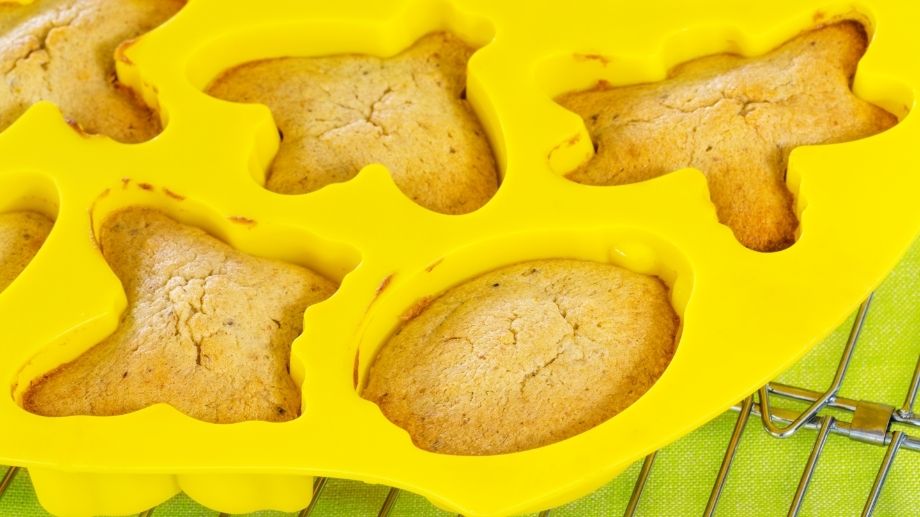
The decision to whether or not to grease the mold also depends on the design of the mold. If you're using a basic shape, like a circle, you may choose to skip greasing the pan and your treats will pop out easily with minimal breakage or food sticking to the tray.
However, many people use silicone molds because it allows them to bake foods in cute patterns and designs of their choice. Since silicone is non-stick and flexible, it's easier to unmold the baked food.
If you're one of those people who uses silicone molds because of the pretty shapes, there is something you should remember. Sometimes the batter can stick to the fine details of the mold, for example, in the grooves of the bundt cake pan. To avoid that, you should grease the pan.
Grease for Easy Cleaning
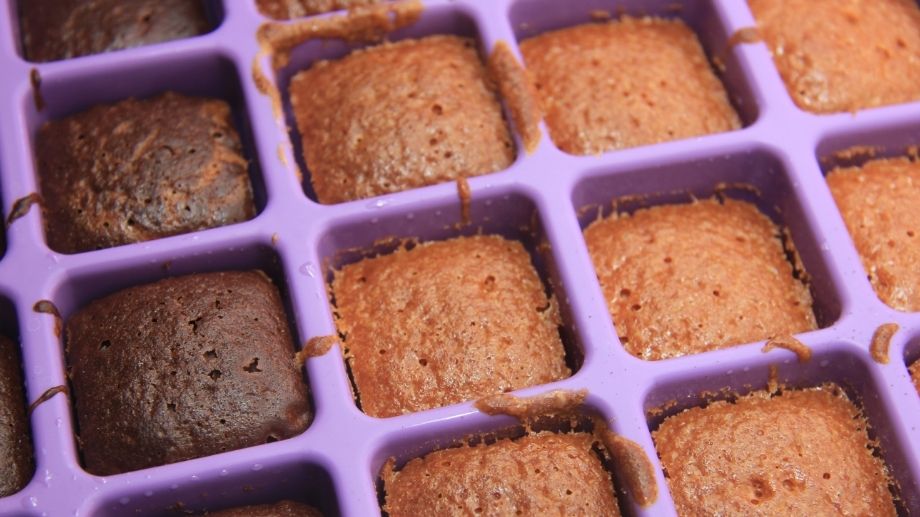
Regardless of the size or shape of the pan you use, it'll be better if you err on the side of caution and grease your silicone baking pans. It might feel like an unnecessary hassle, but it ensures that bits of your cake don't stick to the surface.
The surface of the pan will be clean like new once you flip the pan inside out. Suffice to say, greasing your silicone pans will make cleaning a lot easier, and you'll save a lot of time while doing the dishes.
Use Paper Baking Cups as an Alternative
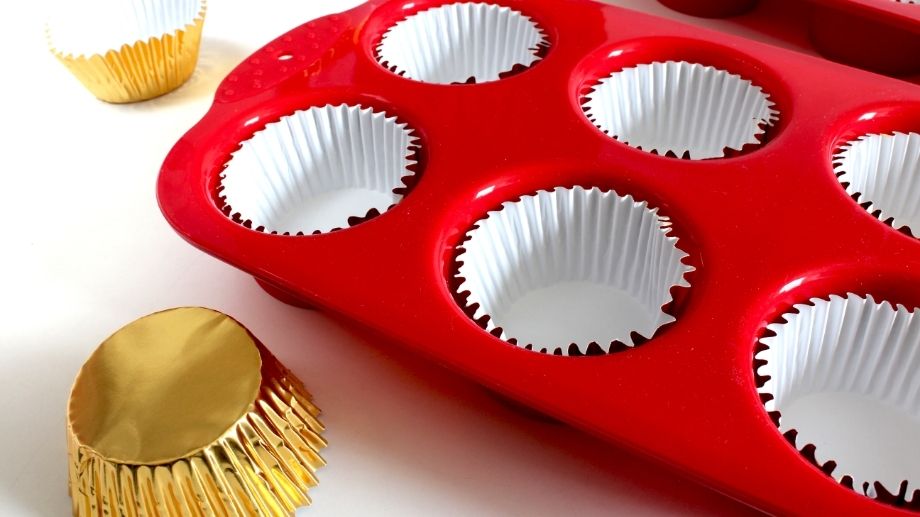
If you want to avoid greasing silicone pans, maybe because you want to reduce calories or for any other reason, you have the option to use paper baking cups.
Just place the paper cups inside the silicone mold, and use the mold for structure. This method will save you from the trouble of greasing the pans, and it'll also reduce cleaning time by a lot.
How Do You Grease Silicone Baking Pans?
Now that you know greasing your silicone baking pans makes life easier for you, the next question is how to grease these pans and what kind of greasing material to use.
To grease silicone baking pans, rub the interior lightly with vegetable oil. You can also use a cooking spray to grease the surface. Make sure you don't over-grease the pan, as silicone molds don't require as much greasing as their metal counterparts.
Don't use butter, though. It can be challenging to rub a solid stick of butter properly over small silicone molds, so avoid it.
While you have the option to use a brush, it might be best if you use your finger to apply the grease. That way, you can make sure that you don't use too much oil. And if you're using a fancy mold with a complex design, using your fingers gives you the best control.
Some people coat silicone mold with flour after greasing. They believe it provides an additional level of protection and ensures that the batter doesn't stick to the mold. However, it's totally up to you if you want to do the same. Even if you decide to skip this step, it's unlikely that it'll make much of a difference.
Best Practices While Using Silicone Molds
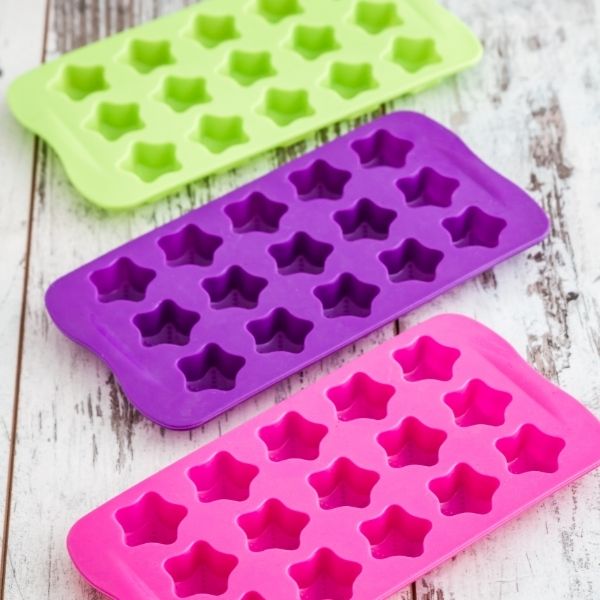
Now you know when to grease silicone baking pans and how to grease them, and you're ready to put your knowledge to the test and bake your favorite treat. However, before you do that, it'll be best to know these additional tips that can help you pass this test with flying colors.
These tips will help you elevate your experience using silicone molds:
- Clean the molds before you use them. Even if you're using them for the first time, wash them thoroughly.
- Use hot pads to remove silicone pans from the oven. While they cool down quickly, they can be quite hot while they're still inside the oven.
- Use a cookie sheet or baker's sheet. It'll provide silicone molds with greater stability.
- Avoid using sharp utensils like a knife. They can permanently damage the pans.
- Check the temperature suggested by the manufacturers. While silicone molds are oven and microwave safe, it's always a good idea to check the temperature your silicone mold can withstand.
- Grease the pan if necessary. If you are working with a large pan, an intricate design, or simply prefer a greased pan, don’t forget to apply grease to the surface.
- Bake your silicone trays empty to remove smells – It's common for silicone baking trays to absorb bad smells and flavors (especially garlic). If you're using silicone trays for ice and your ice tastes bad but the water is fine this is sometimes the cause. Bake your silicone trays empty for 1-2 hours to bake away the smell.
Conclusion
When using a smaller mold, it's not required to grease the silicone baking pans. However, if you're using a larger mold, you should grease it. Irrespective of the size, if you're using a mold with fine details, you should use grease to prevent baked food from sticking to tight corners and small sections of the pan.
Greasing also makes it easier for you to clean the mold afterward. However, if you want to avoid using grease for some reason, you can place paper cups inside the silicone molds.
You can use vegetable oil or cooking spray as grease for your molds.
Click here to read about the 50+ genius diy ice cube hacks you can do with silicone molds

